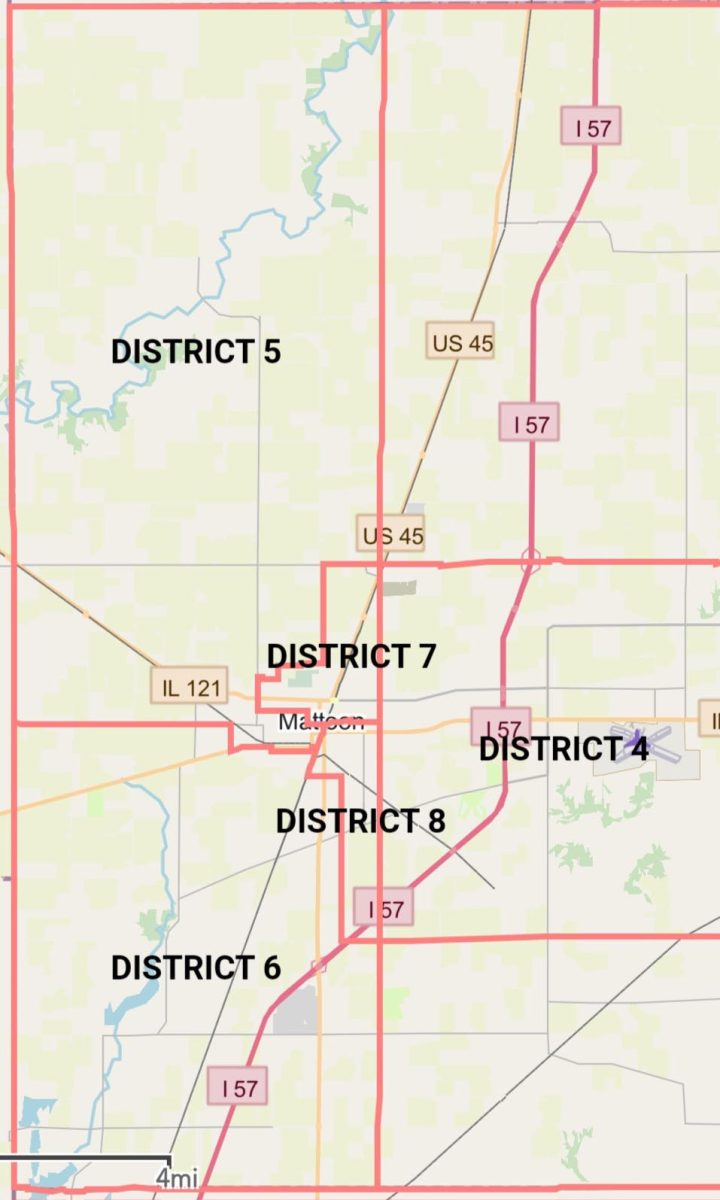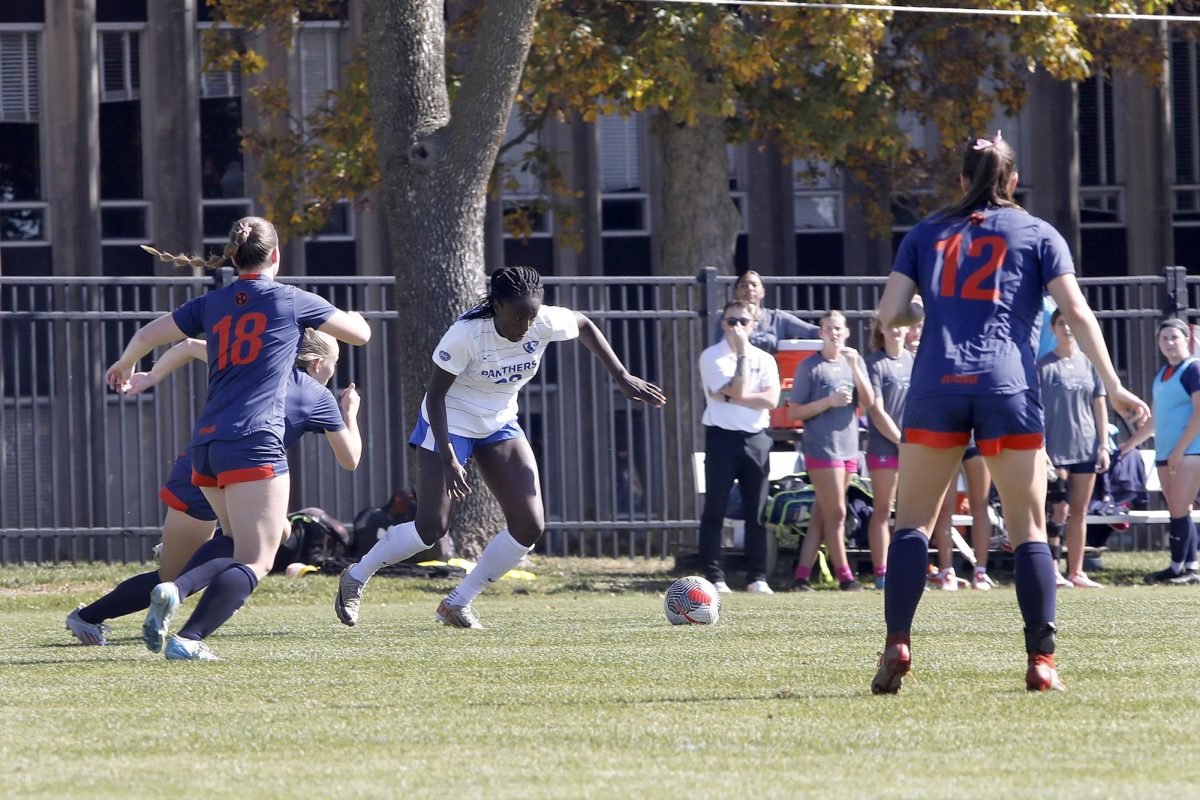BOT approves FY 19 budget; talks about alert system
November 26, 2018
The Fiscal Year 2019 budget was approved and the new early alert system was discussed at the Nov. 16 Board of Trustees meeting.
The approved budget was an updated version of the budget that was approved at a Board of Trustees meeting this past June after the board asked for more specifications.
Paul McCann, the interim vice president of business affairs, said one update in the budget was an approximate $2 million to $2.5 million in additional tuition revenue.
This happened because of the increase in enrollment after Eastern saw a 3 percent decrease in enrollment, as opposed to the original project 9 percent decrease.
There was also a small increase in the state appropriations fund, which was distributed to the appropriate expenditures.
The non-appropriated revenues have remained the same while non-appropriated expenditures have increased slightly; however, an additional balance in the revenue/bond area will offset this deficit.
McCann said the university will continue to work on minimizing the deficit in the upcoming budgets.
The university is back to receiving regular cash infusions from the state, with $39,451,700 coming from state appropriations for FY19, McCann said.
The budget was unanimously approved by the board.
Nate Atkinson, Eastern’s lead web developer, and Lucas Lower, a sophomore graduate student majoring in computer science, presented the newly improved early alert system to the board.
Early alert system is when faculty who notice red flags about students — they stop showing up to class or doing homework, for example — can send an alert to advisors and administration so early intervention can happen with the student in an effort to help retain them.
The old system, Lower said, had many problems, including little follow up with the faculty who submitted an alert and a messy website.
Once an alert is submitted in the new system, it goes to the student, the student success center, the student’s academic adviser, and, if the student lives on campus, housing will also receive it, Lower said.
Lower said the biggest improvement made to the system is the activity log.
“This was one of the big wish list items for instructors. They wanted to know what happened with the alert after they submitted it because, previously, they just received an email and they wouldn’t hear much back,” Lower said. “With (the activity log), they can see when (the alert) was created and any actions taken afterwards.”
Lower said this update makes it more likely for instructors to use the alert system, as they can now see if any action took place after they submitted their concerns.
Administrators can now log on to the website and see statistics about the student body and the alert system.
Lower said the goal of all the updates was to get more people involved sooner when students start to show troubling behavior.
Atkinson said they have already seen an increased amount of activity on the website since opening the updated version.
Brooke Schwartz can be reached at 581-2812 or at bsschwartz@eiu.edu.






































































